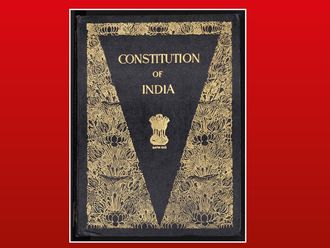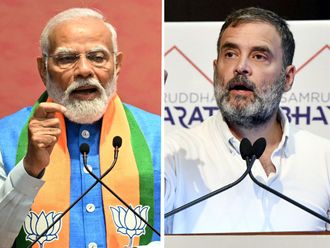After 13 months of bloodshed, a tenuous ceasefire brokered between the United Nations-Arab League envoy Kofi Annan and the Syrian government appears to be largely holding. According to reports, there was some bloodshed yesterday, leading to at least nine deaths, mainly in the restive city of Homs.
Given that the insurrection against the regime of President Bashar Al Assad has claimed an estimated 10,000 people since it began in March 2011, reducing the toll to nine in a single day is a minor achievement in itself.
The good news is that the ceasefire has largely held — whether through international pressure, monitoring, or simply the reality on the ground that both sides have decided to silence their weapons while humanitarian aid is provided to those caught up in the bloody struggle.
Annan has highlighted the need for a wider humanitarian effort to provide urgently needed medical aid and professional help to those injured during the fighting. And the traumatised civilian population also needs long-term respite from the violent disruption to their daily lives. No one is suggesting that the implementation of a wide ceasefire is an end to the crisis. What it is, though, is a much needed break from the spilling of Syrian blood by Syrians.
Time is needed to ensure that the ceasefire holds and is recognised by all sides in the conflict across the violence-wracked nation.
And time is also needed to put in place an effective process to monitor the ceasefire.
Only when the guns are silent and the Kalashnikovs on permanent safety can the humanitarian effort begin in earnest. It is going to take a long time for the crisis to be resolved — the ceasefire offers hope. And no one has ever died from talking.







